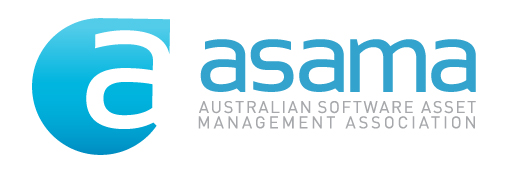|
Software Asset Management
Centralised Software Purchasing - Why
Elizabeth Sherwin
ASAMA
Centralised software purchasing provides important benefits to an organisation,
where it contributes to the organisations capability to be efficient and effective in the delivery of its
business services to customers. The centralised software process is a key deliverable of a SAM and
provides SAM with an important control and reporting mechanism. Without a centralised software purchasing
function that provides important control mechanisms, SAM will be a constant struggle in the delivery of
the required outcomes to the organisation.
There are many good reasons why
centralised software purchasing should be implemented. One reason is that the costs of uncoordinated ad-hoc
software purchasing will be higher than a coordinated systemic approach to software purchases. When the
software is purchased through one team, arrangements with the software vendors can be made on for a price
list based on volume, more flexible licensing and tenure.
A major reason is that the terms
and conditions of the EULA can be negotiated that has much more favourable terms for your organisation, than
the standard software vendor terms and conditions which totally favour the software vendor. There is a
higher level of success if these are negotiated by skilled and experience people that centrally purchase
software, than someone who is just buying software on an ad-hoc basis. In fact most people who buy software
do not understand the importance of the software licence terms and conditions and in most cases would just
accept the terms and conditions that come with the software.
Another reason is that in gaining
control over the software purchasing, the entitlement records and the quality of information of these
records, is an extremely important compliance requirement, but sadly often this is not recognised by the
majority of people that purchase software. In most organisations software has been purchased legitimately,
however the organisation cannot provide that it has purchased software when a software vendor queries or
requests an audit to be undertaken in a lot of cases. This could mean that the software needs to be
purchased again, as the software vendor records in most cases are non-existent over the passing of time. The
onus is on the organisation to prove entitlement, not the software vendors.
A final reason is that if software
is purchased centrally, then it can be managed across the organisation, rather than be siloed into an
individual team. This is important in reusing software than is not being used and be assigned to someone
else who now needs to use it. This immediately has a financial saving and makes the software available
quicker. Software in an organisation should be classified as a corporate asset and not an individual’s
asset. This makes the process of reassigning unused software easier.
This article on why an
organisation should centralise software purchases has covered some of the issues that fall within this
subject. There are a number of additional requirements and strategies on this subject. More in-depth
information will become available in the topic specific articles and in-depth information
articles.
(IE Printing: - There are known IE printing problems that affect certain printer brands and
printer types; Chrome and Firefox have no reported issues.)
| 

